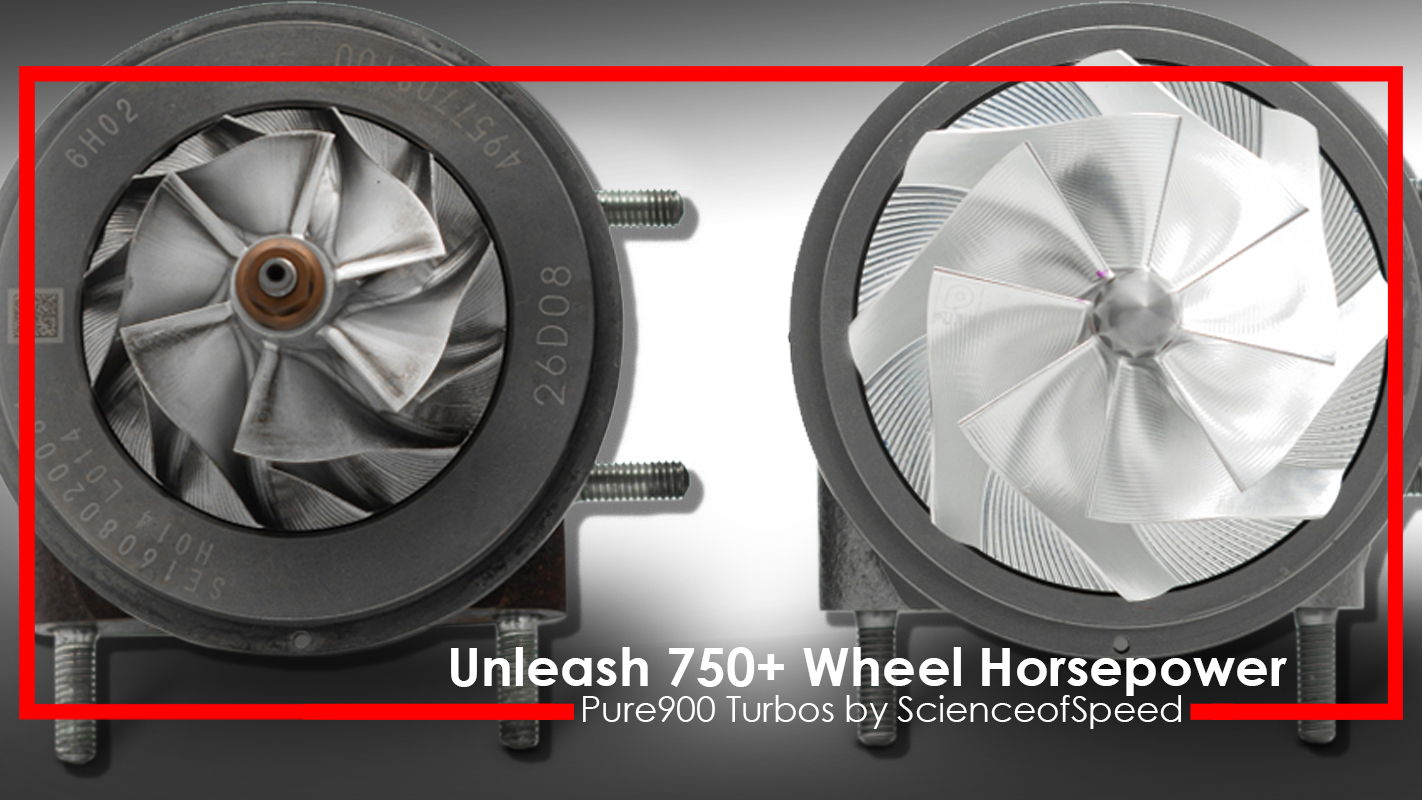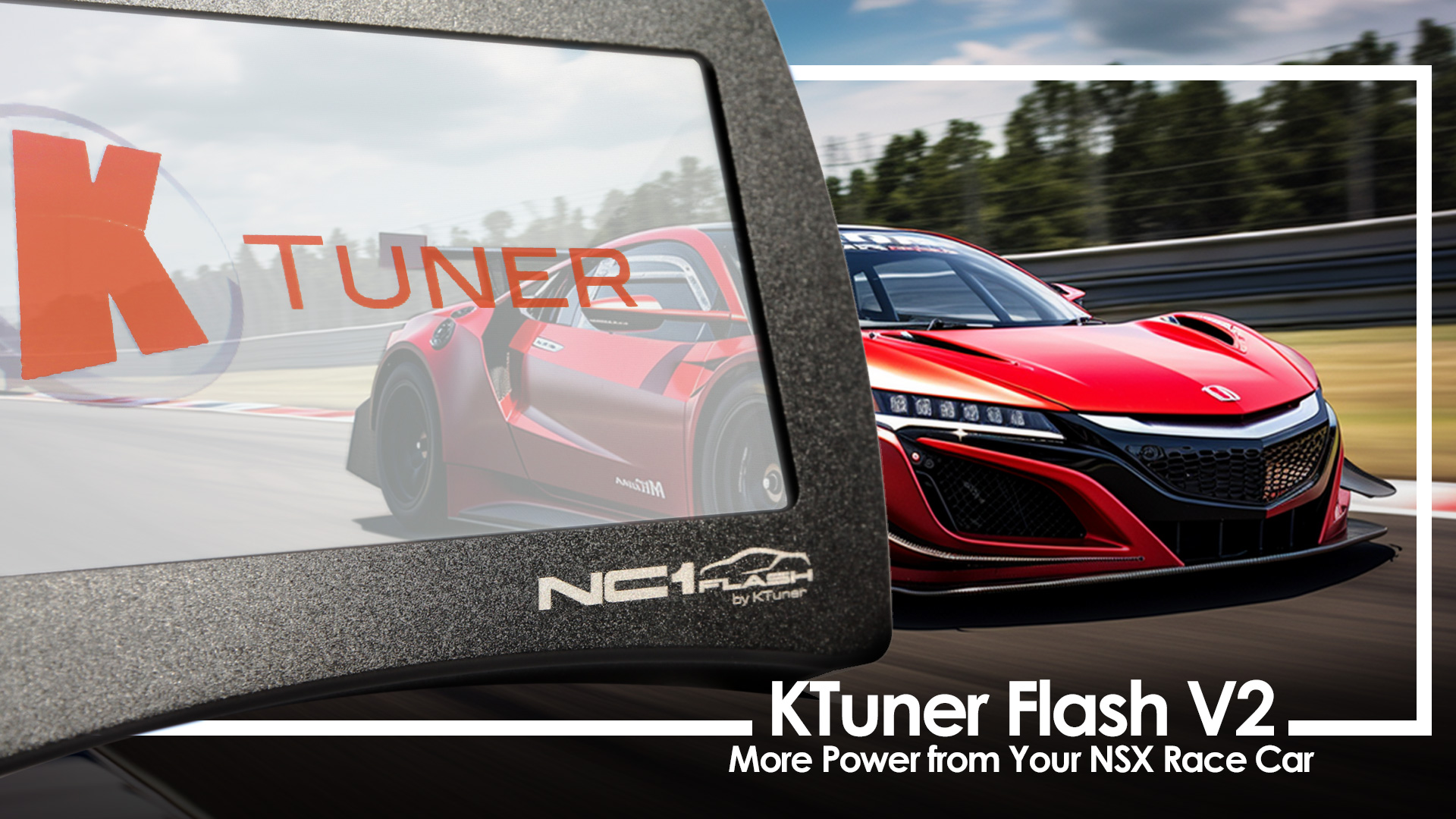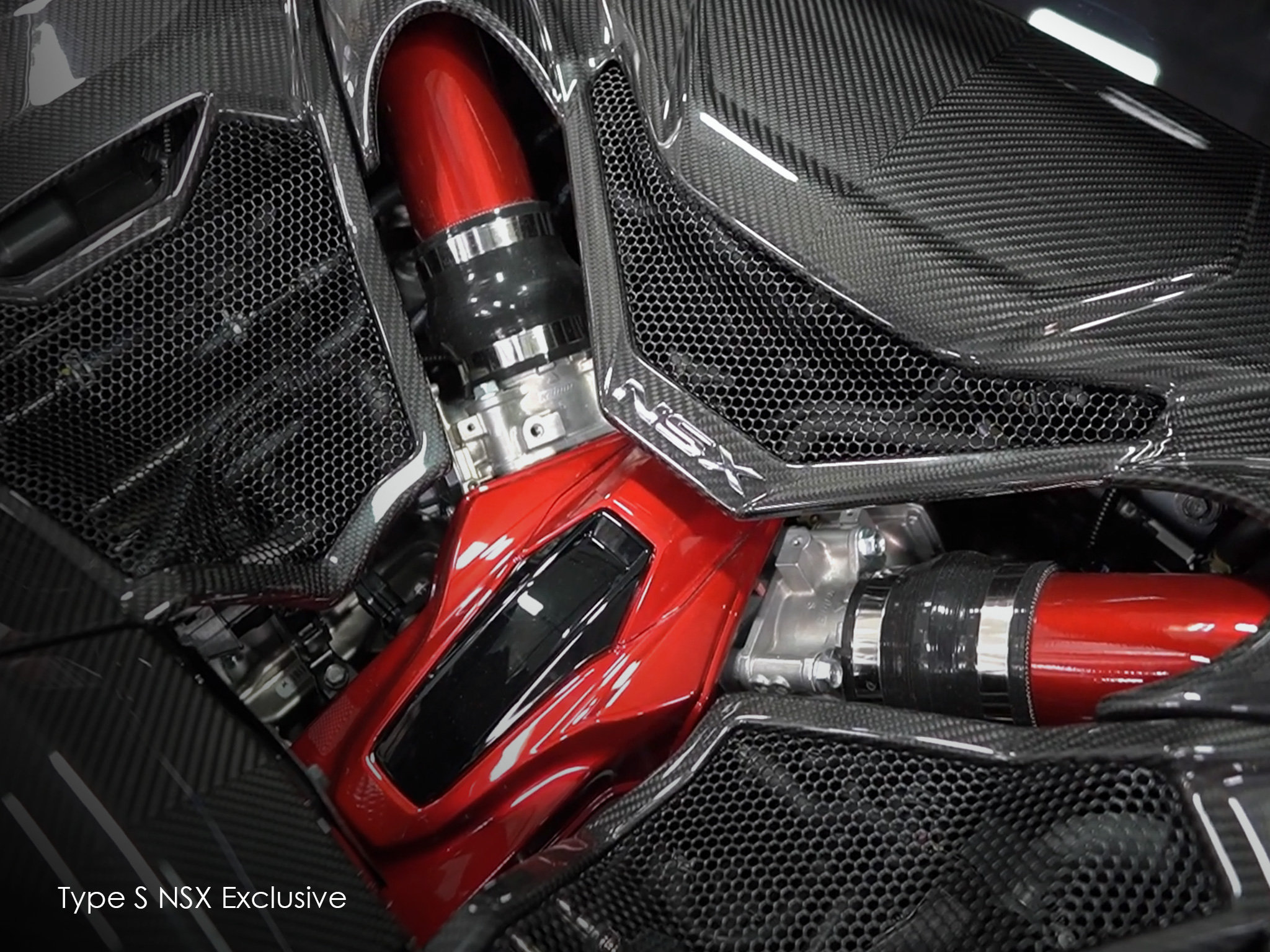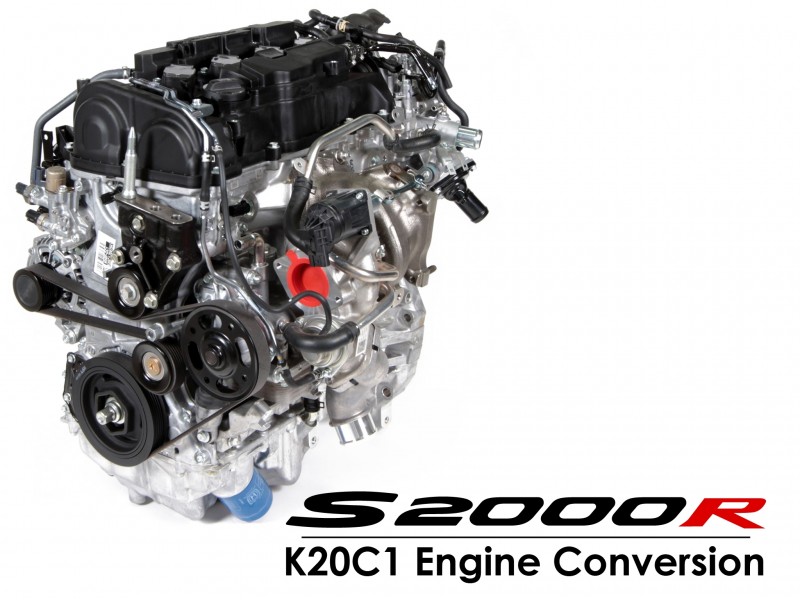Technical Details: ScienceofSpeed TVS Supercharger System
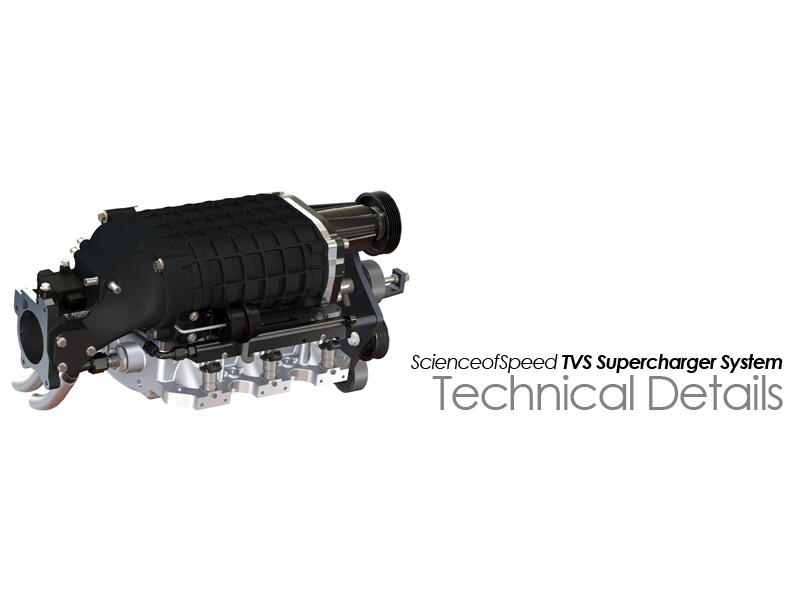
Technical Details: ScienceofSpeed TVS Supercharger System
June 08, 2020With CT-Engineering's closing in 2018, ScienceofSpeed lost its supplier of components for the ScienceofSpeed Supercharger Kit. The loss of these positive displacement supercharger systems left a big gap in forced induction options for the NSX enthusiast.
Now in development, the following is a technical introduction to the ScienceofSpeed TVS Supercharger System.
BACKGROUND
Positive displacement superchargers for the NSX are unlike any other forced induction system (centrifugal supercharger or turbocharger) in the way they generate instant, low-end torque. Positive displacement superchargers give the impression of small block V8 performance without giving up the 8,000 rev limiter - keeping the characteristics we love about the NSX, but amplifying the engine performance.
The Comptech-based system had a number of advantages, including ease of install thanks to the bespoke inlet and intake manifold that allowed "drop-in" performance to the NSX engine. ScienceofSpeed partnered with Comptech when it relaunched in 2007 as CT-Engineering to develop a high -output version of the CT-Engineering supercharger. The ScienceofSpeed System utilized the cast inlet, intake manifold, and belt drive plate from CT-Engineering with a larger supercharger and more advanced engine management system to increase power from the 80 horsepower gain to over 120 horsepower.
Although it was a great combination that produced over 120 wheel horsepower reliably, it had limitations for further expansion, including:
- Limits in performance due to the shallow manifold and inlet manifold designed for the smaller factory throttle body.
- A fuel system in the CT-Engineering System that was inadequate, and a fuel & ignition system in the ScienceofSpeed kit that required dyno tuning.
- Difficulty to incorporate an intercooler charge cooling solution that made a significant enough difference to warrant the cost and downside of requiring the removal of the engine cover due to the increased height.
- A belt tensioner system that needed improvement.
ScienceofSpeed TVS Supercharger System Development
The primary challenge to a positive displacement supercharger based solution for the NSX is the large capital investment of development and production of the cast inlet and intake manifolds required to mate the supercharger to the engine. Having to start from scratch meant that this would be the most ambitious project ScienceofSpeed has taken on. However, with modern tools at our disposal and a talented team with ScienceofSpeed's Product Design Engineer leading the program, we were excited about the opportunity.
The first determination to make was what type of supercharger would be used. After discussions with several companies, the decision was made to partner with Magnuson and base the design around the venerable TVS1900. This 1.9L supercharger is the ultimate in OEM quality designs and features a very efficient twin vortex design that matches the performance of the larger 2.1L supercharger used in the last generation kit from ScienceofSpeed.
The next step involved intake manifold design. The prior Comptech design is very shallow, due to the superchargers requiring an external bypass valve to redirect airflow during idle and part throttle conditions. This shallow design results in cylinder airflow disparities during light load conditions, and limits the packaging of an integrated intercooler. With the TVS supercharger's internal bypass valve, the external valve is eliminated and the NSX is able to benefit from a deeper manifold in the V of the engine allowing the inclusion of an optional integrated intercooler.
To develop the manifold, Solidworks, a professional solid modeling CAD application, was used to develop two prototype manifold designs based on TVS supercharger discharge flow area, NSX cylinder head and cylinder block features, and engine intake port angles. The diagram below, which includes the factory intake ports, shows the baseline CT-Engineering manifold (pink), prototype mid-depth Manifold 2 (tan), and prototype max-depth Manifold 3 (blue).
Star-CCM+, an advanced computational fluid dynamics (CFD) application, was utilized to analyze the three manifolds. Simulations were conducted to determine if the deeper manifold designs would have a negative performance consequence from reduced air velocity.
Simulation results demonstrated that Manifold 2 (mid-depth design) out-performed the baseline and max-depth design in reducing average pressure drop 2,301 PA compared to 2,608 (baseline) and 2,450 (max-depth).
Despite the increase in volume, cylinder air velocity was negligible between the baseline and prototype manifolds, with air velocity actually increasing with the intercooler installed.

In addition, pressure fluctuation was analyzed between the three manifolds. Due to the increased volume and port design, pressure fluctuations were reduced in the prototype manifolds. This will allow more even mass flow rate into each cylinder as pressure and engine speed increases during tip-in throttle.

In addition to overall manifold performance, the intercooler design was analyzed for thermal efficiency and to verify coolant flow rates required to maintain an efficient system.

The results of the CFD simulations allowed ScienceofSpeed to select prototype Manifold 2 based on the manifold having the lowest average pressure drop, and improved air velocity performance, and decreased pressure fluctuations compared to the baseline manifold.
With the manifold design now selected, 3D printed fiber-reinforced manifolds were manufactured to allow ScienceofSpeed to check fitment and verify flow simulation results by way of real-world chassis dyno testing.
Once this process is complete, manifolds will be prepared for aluminum casting and fuel and engine management systems will be finalized. The first prototype kit is being installed now and we will update this page with information as we are closer to being production-ready.
In the meantime, visit:

